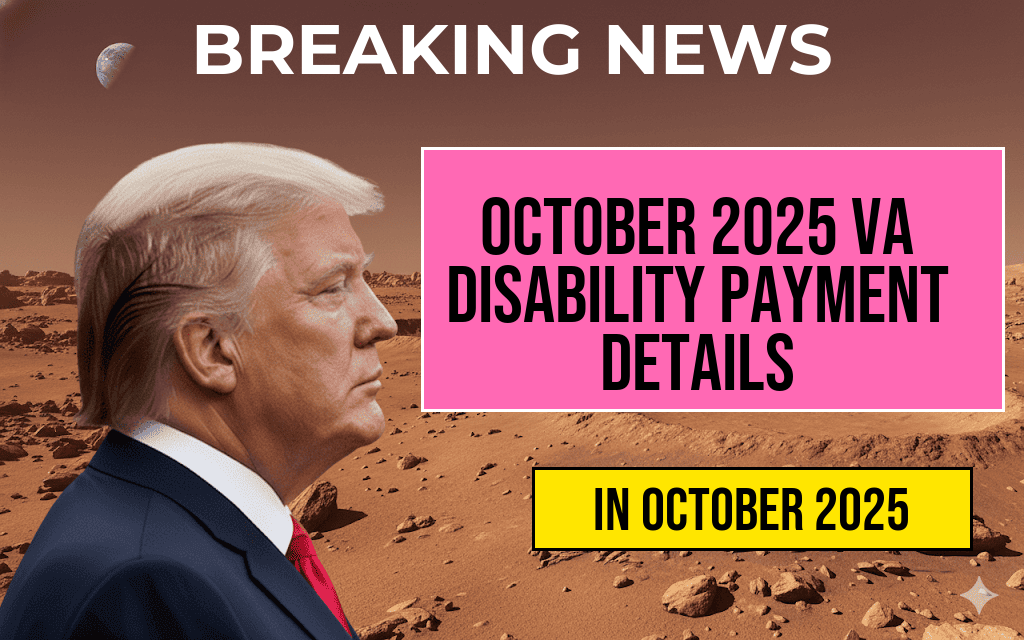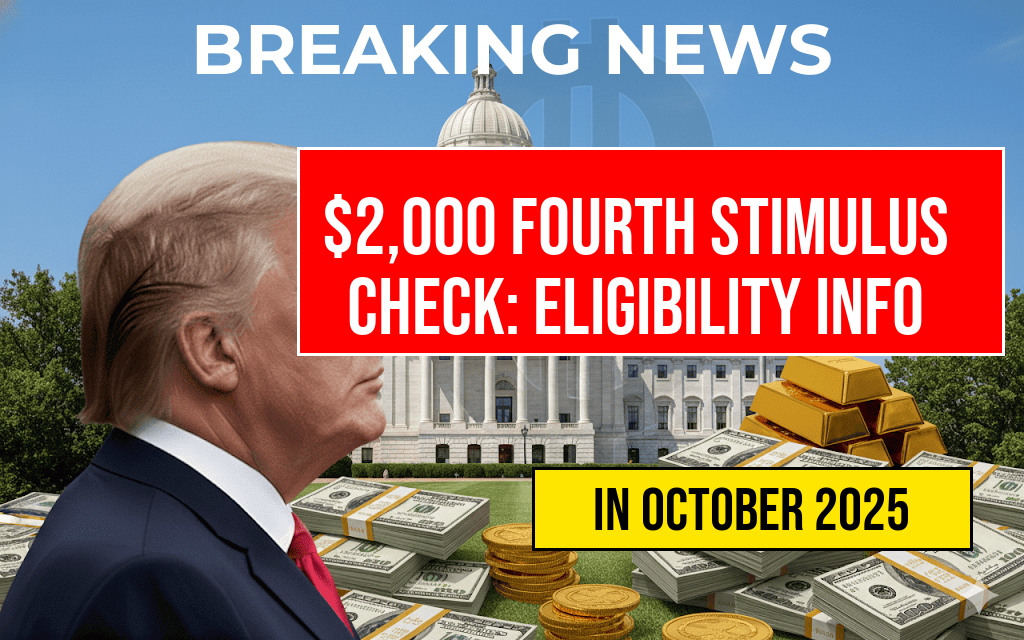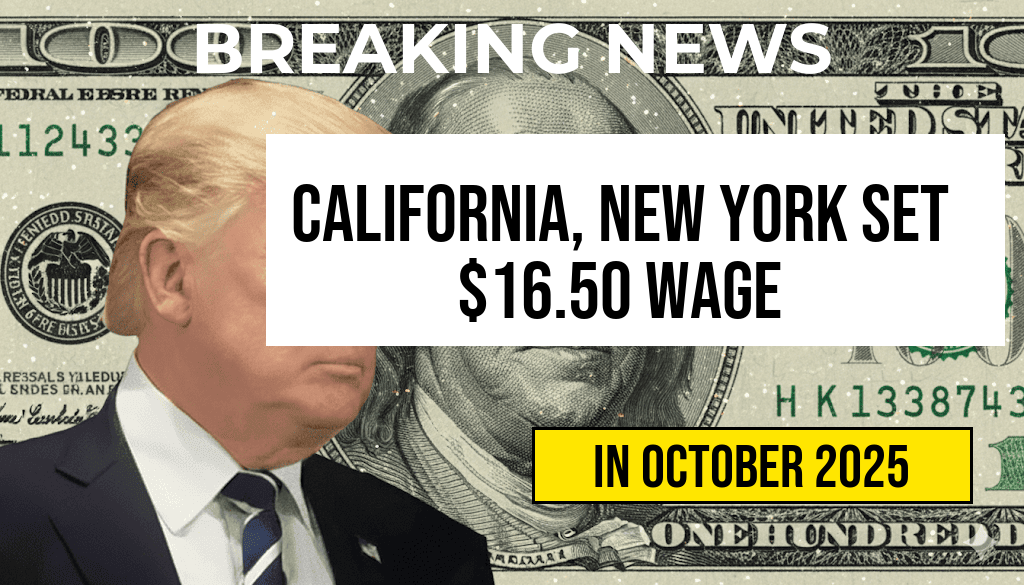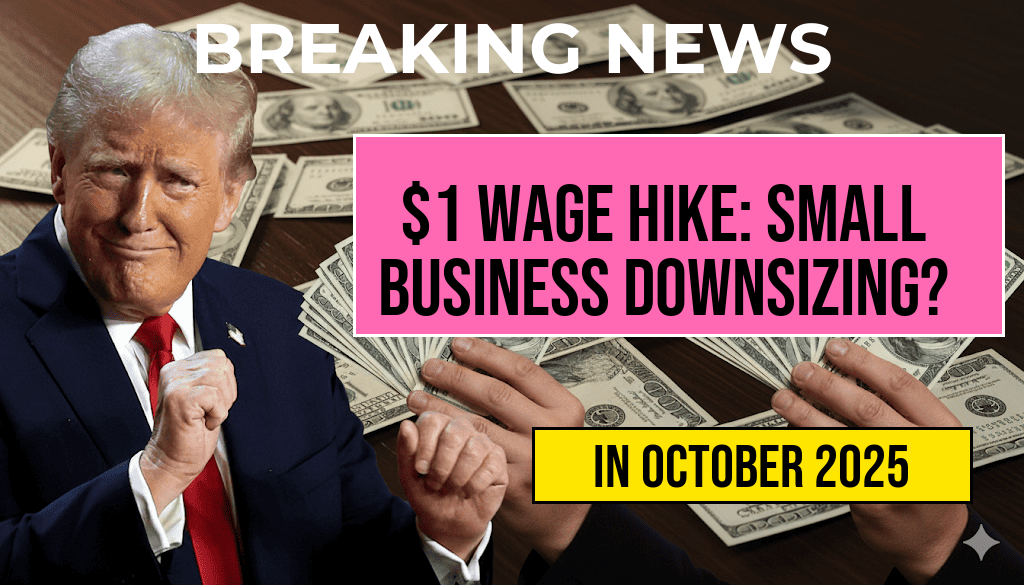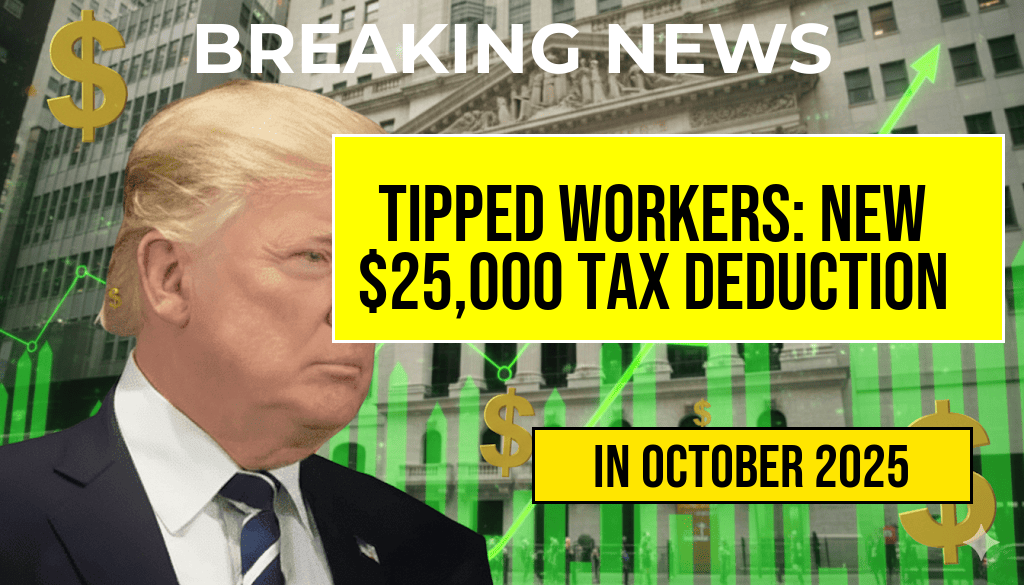California and New York are set to implement a $16.50 hourly minimum wage, a significant increase aimed at improving the living standards for workers in both states. This move comes in response to rising inflation and the increasing cost of living, particularly in urban areas where many residents struggle to make ends meet. The new wage policy, which is expected to take effect in the coming months, has generated mixed reactions from businesses, workers, and economic experts. Supporters argue that the increase is necessary to ensure fair compensation, while critics fear it may lead to job losses and increased prices for consumers.
Details of the Minimum Wage Increase
The $16.50 minimum wage will not be a blanket application across all sectors. Both states are considering phased implementations to give businesses time to adjust. The proposed timeline includes:
- California: Incremental increases starting in January 2024, with a full implementation expected by mid-2025.
- New York: A similar phased approach, beginning in July 2024, with the aim of reaching the target wage by 2026.
Rationale Behind the Wage Hike
Advocates for the wage increase cite several factors influencing the decision:
- Cost of Living: Both California and New York have some of the highest living costs in the nation, particularly in urban centers like San Francisco, Los Angeles, and New York City.
- Inflation: Rising inflation rates have eroded the purchasing power of many workers, making it increasingly difficult for them to afford basic necessities.
- Income Inequality: The wage hike is seen as a step towards addressing income disparities, particularly among low-wage workers who have been disproportionately affected by economic downturns.
Responses from Stakeholders
The announcement has elicited a variety of responses from different sectors of the economy:
Support from Workers and Advocacy Groups
Labor unions and advocacy groups have expressed strong support for the wage increase. They argue that a higher minimum wage will enhance worker morale, reduce turnover, and improve overall productivity. Many workers, particularly in the service and retail sectors, believe this change will provide them with a more stable financial footing.
Concerns from Businesses
On the other hand, some business owners and industry groups are voicing concerns about the potential impacts of the wage hike. They fear that:
- Increased labor costs may lead to job cuts or reduced hiring.
- Small businesses may struggle to absorb the higher wages without raising prices, which could drive customers away.
- Some businesses may seek to automate jobs to mitigate labor costs.
Comparative Analysis with Other States
As California and New York prepare to implement this wage increase, it is worth noting how it compares to minimum wage policies in other states. Below is a table summarizing the minimum wage rates across several key states:
| State | Minimum Wage |
|---|---|
| California | $16.50 (upcoming) |
| New York | $16.50 (upcoming) |
| Washington | $15.74 |
| Florida | $11.00 |
| Texas | $7.25 |
Future Implications of the Wage Hike
As California and New York move forward with their plans, the outcomes of this policy will be closely monitored. Experts suggest that:
- The success of the wage increase will depend on factors such as economic growth, inflation rates, and the overall business climate.
- These changes could influence other states to reconsider their minimum wage policies, potentially leading to a ripple effect across the country.
For further information on the implications of minimum wage policies, you can visit Forbes or check resources from U.S. Department of Labor.
Frequently Asked Questions
What is the new minimum wage being implemented in California and New York?
The new minimum wage being implemented in both California and New York is $16.50 per hour.
When will the new minimum wage take effect?
The exact date when the $16.50 minimum wage will take effect may vary by state, but both states are expected to roll it out in the coming months.
Who will be affected by the increase in minimum wage?
The increase to $16.50 per hour will affect all workers earning minimum wage in California and New York, including those in various industries such as retail, hospitality, and services.
How does this increase align with inflation and cost of living?
The $16.50 minimum wage aims to address rising inflation and the increasing cost of living in both states, providing workers with a more sustainable income.
Are there any exemptions to the new minimum wage law?
Yes, there may be specific exemptions for certain categories of workers, such as those in training programs or other special circumstances, but the general rule will apply to most minimum wage earners.

